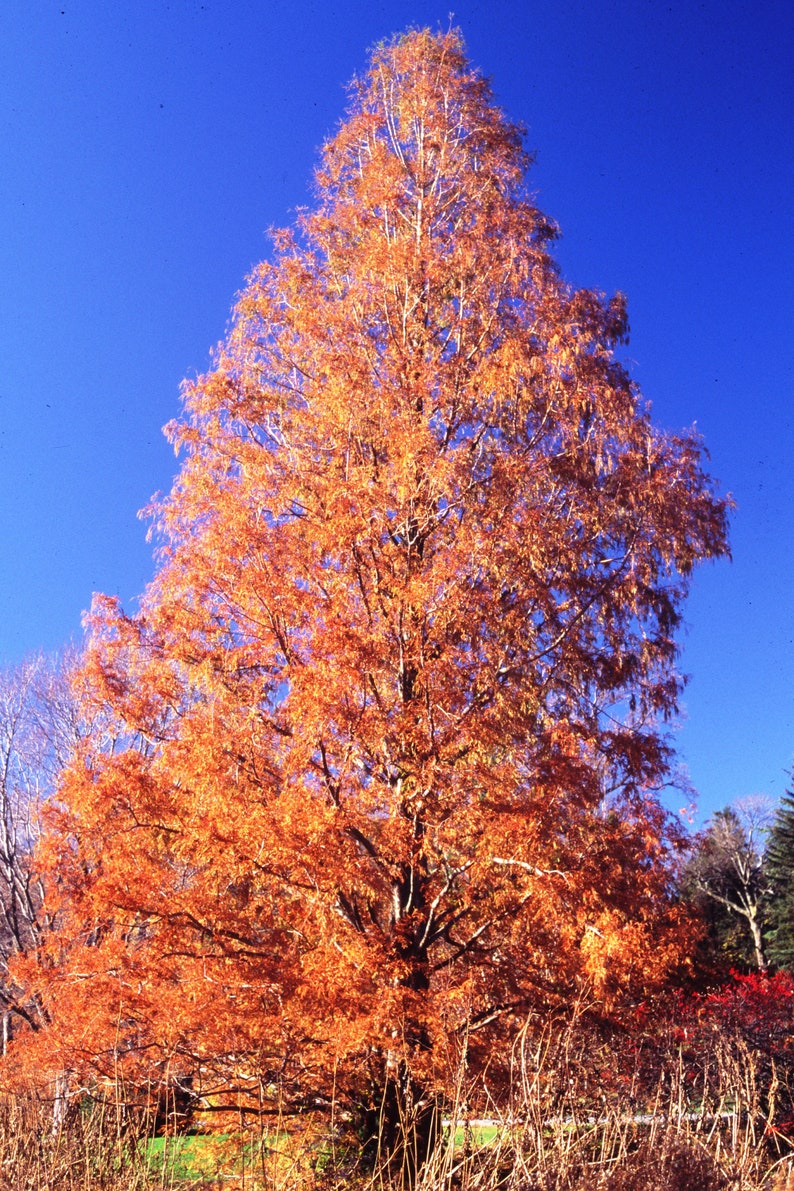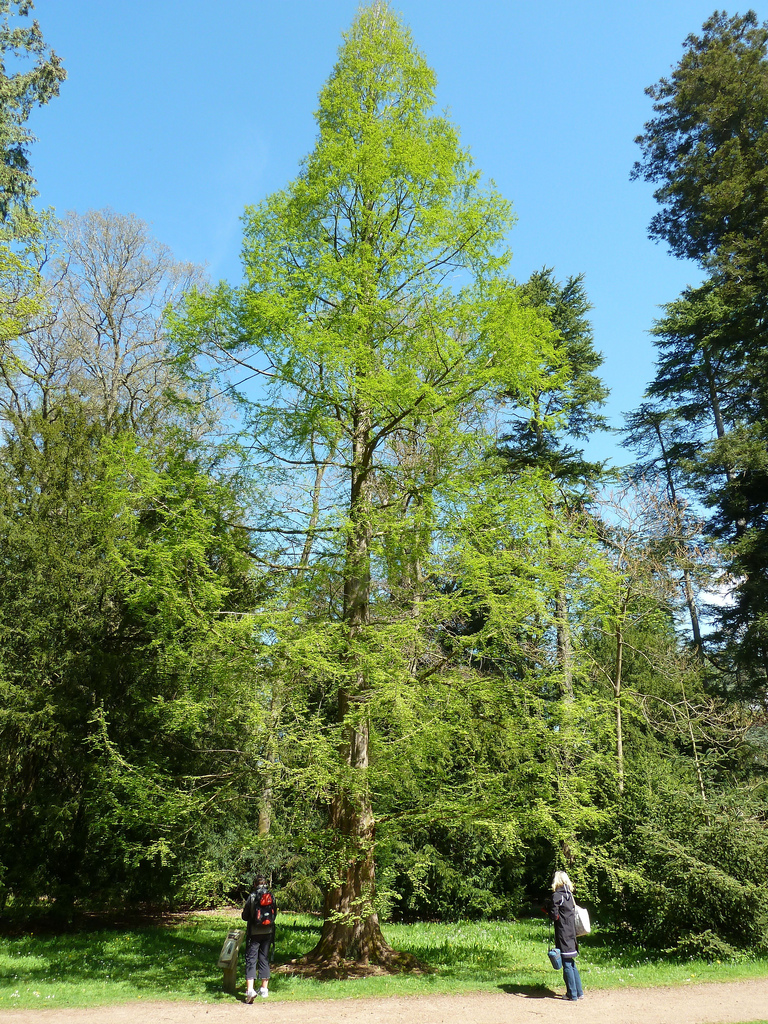
The number of seeds per scale is not known, but isolated seeds and seedlings are common on the bedding plane. Pollen cones occur in pairs with microsporophylls producing three pollen sacs on the abaxial surface. Permineralized wood from in situ stems shows growth rings, and tracheids with circular-bordered pits are interspersed with uniseriate rays. Leaves are opposite/decussate and up to 4 cm long. Metasequoia foxii is a Paleocene plant from Canada based on more than 10,000 compression specimens of vegetative and reproductive structures (Stockey et al., 2001b). Metasequoia glyptostroboides branch with cones (Extant). He also noted the blunt apices of the needles and the short peduncle of the cones, the two characteristics that are used today to distinguish Metasequoia.įIGURE 21.111.

Some years earlier, Endo (1928) had realized that fossil cones described from Oligocene rocks as Sequoia langsdorfii were improperly designated because the cones possessed decussate cone scales. In Sequoia and Taxodium, the two genera most often confused with Metasequoia, the cone scales are arranged helically (Chaney, 1951). Possibly, the best taxonomic characteristic of the genus is the decussate arrangement of the pollen and seed-cone scales. Leaves are petiolate and diverge at an acute angle from the axis. Needles are twisted and opposite stomata are arranged in parallel rows on either side of the leaf midrib. glyptostroboides is the deciduous leafy shoots borne in opposite pairs along the branches.

21.107) from vegetative remains and cones collected in Pliocene clays and lignite beds. The history of this genus provides an interesting account of how information about living plants can be used in interpreting fossils. It was initially described from fossil remains, only later found to be living in central China (H.-L. 21.105), the dawn redwood, is a member of this subfamily and is often described as a living fossil.


 0 kommentar(er)
0 kommentar(er)
